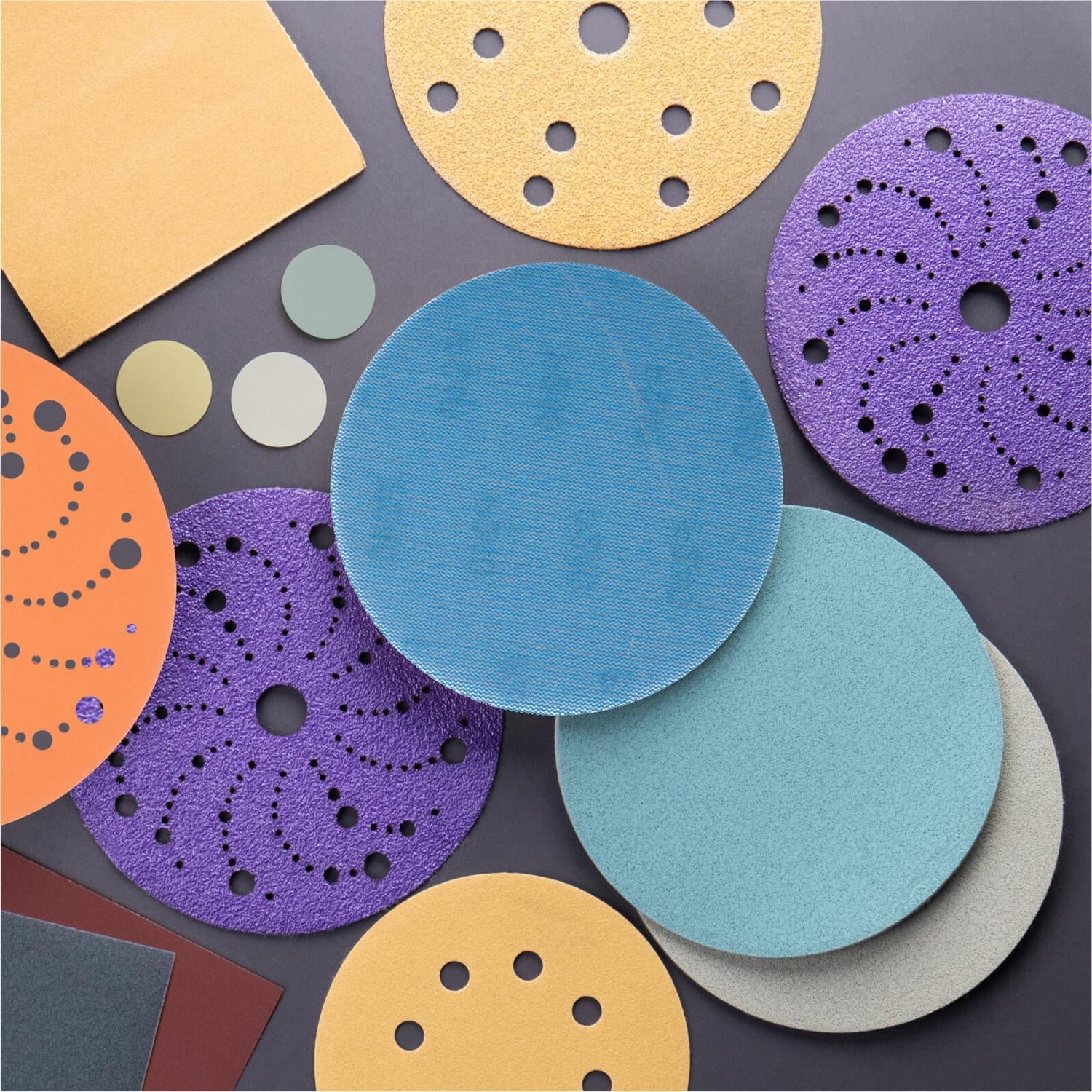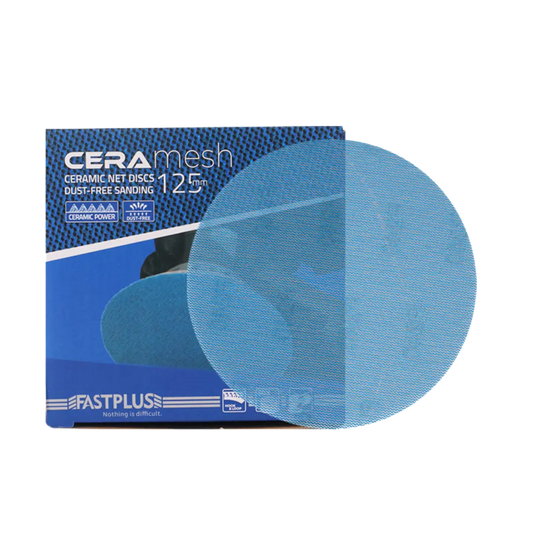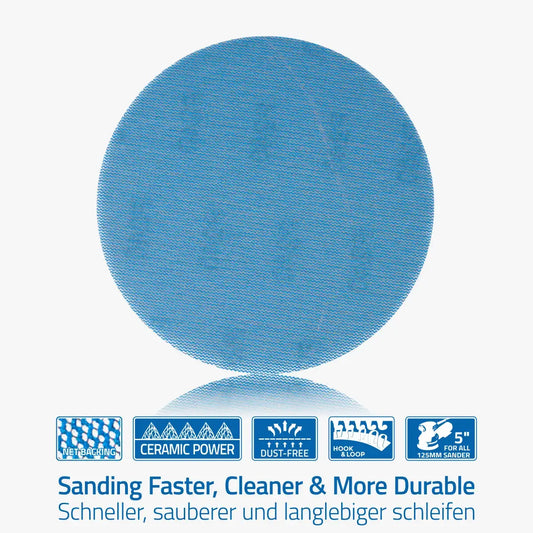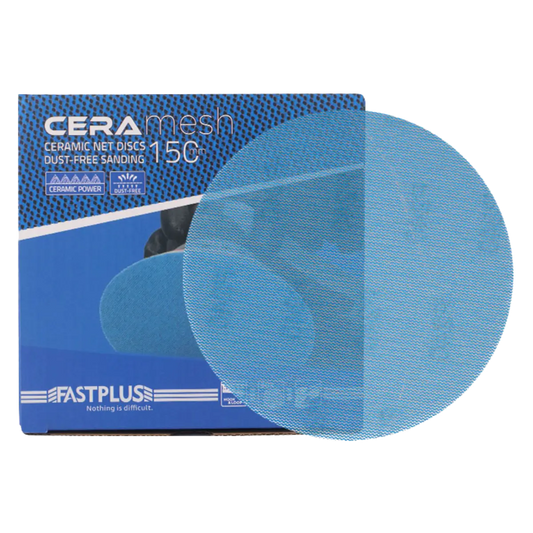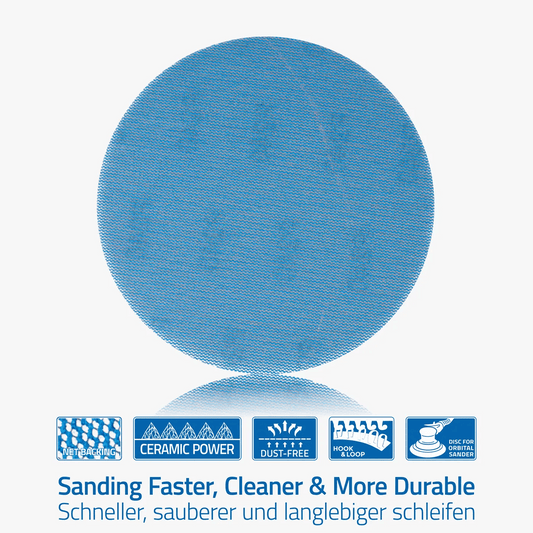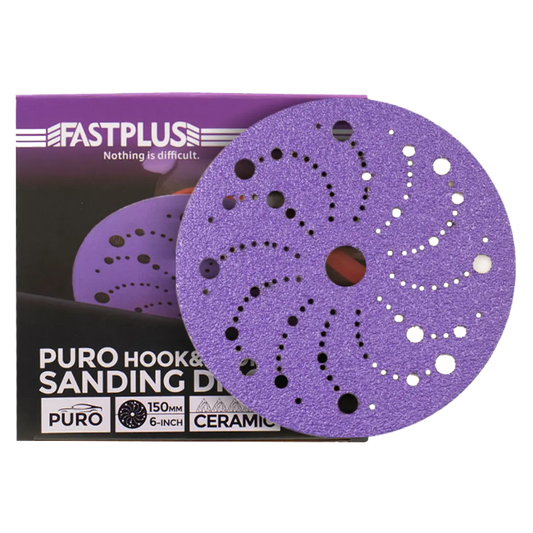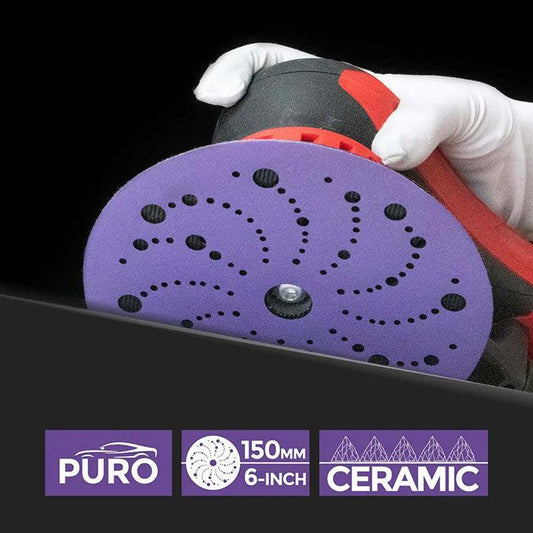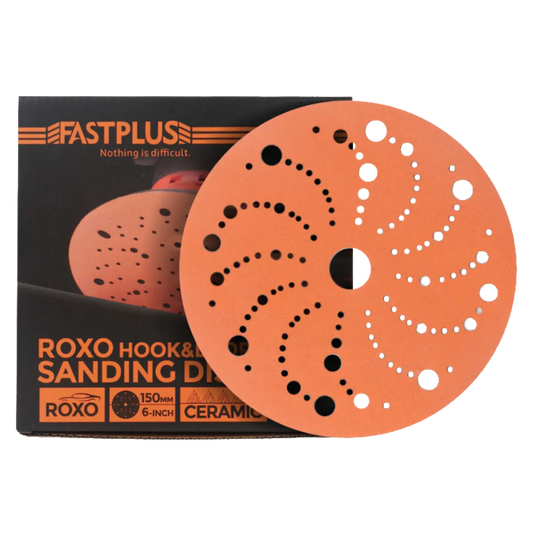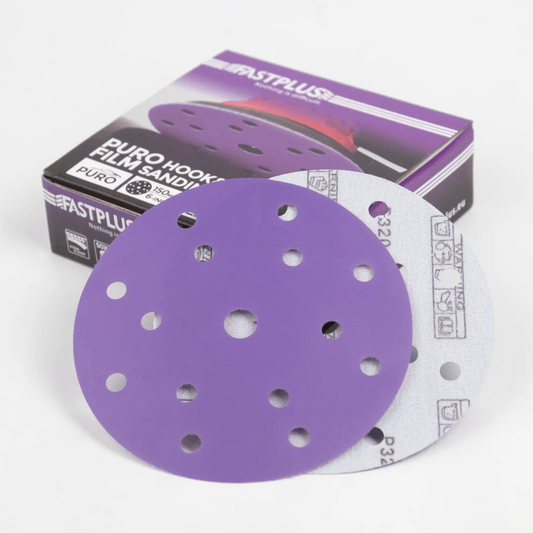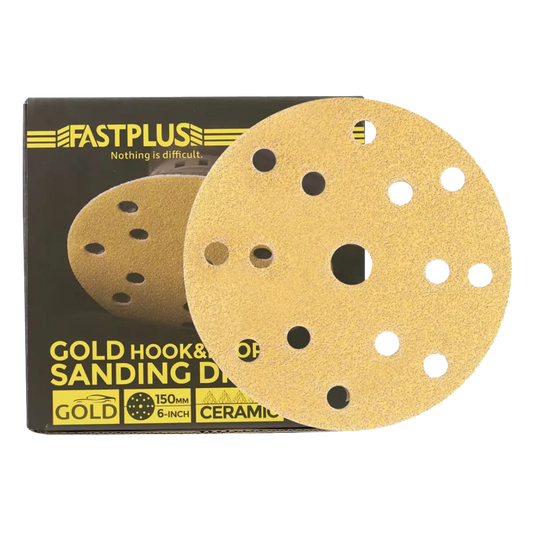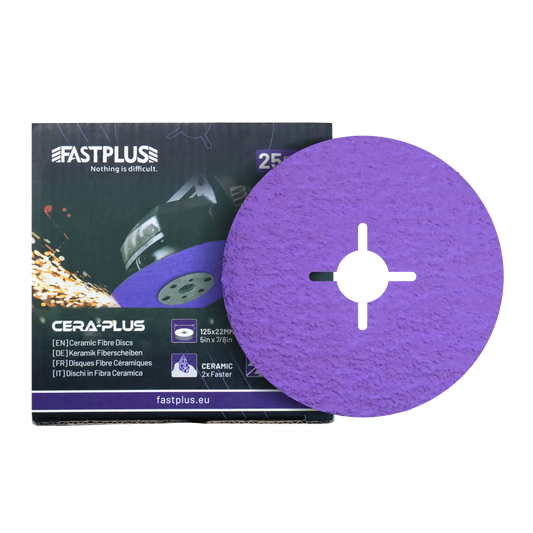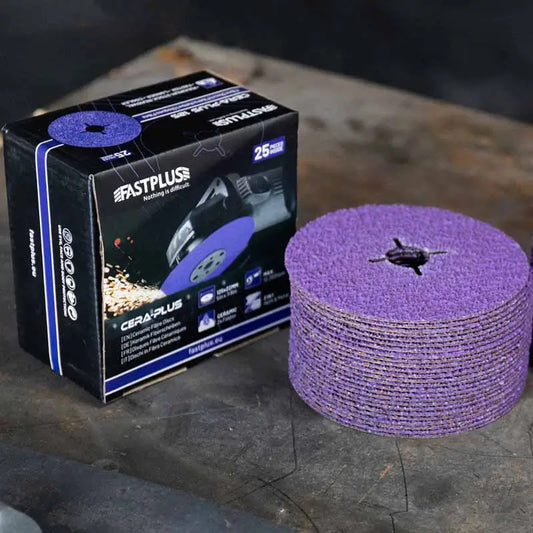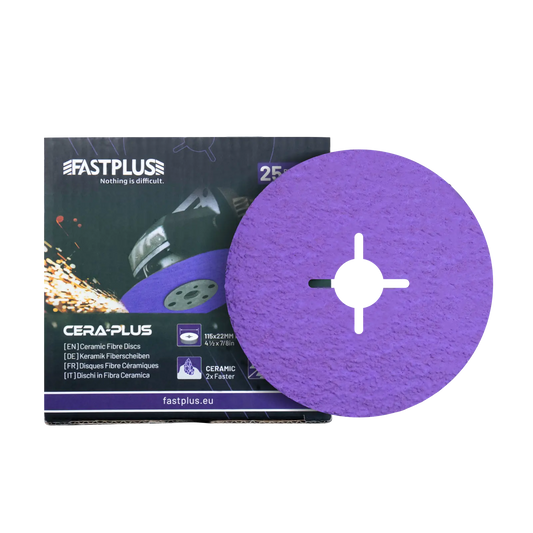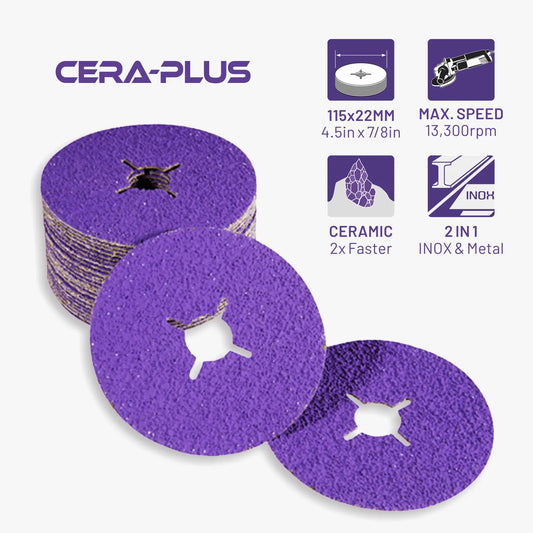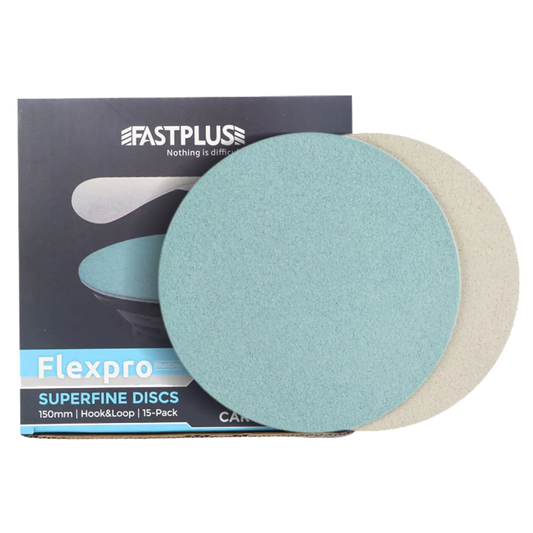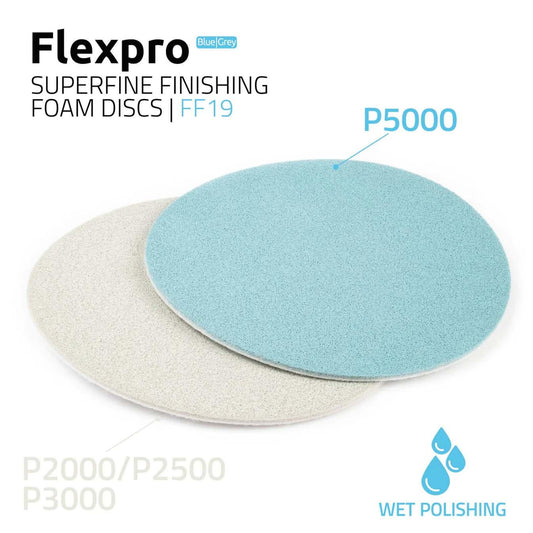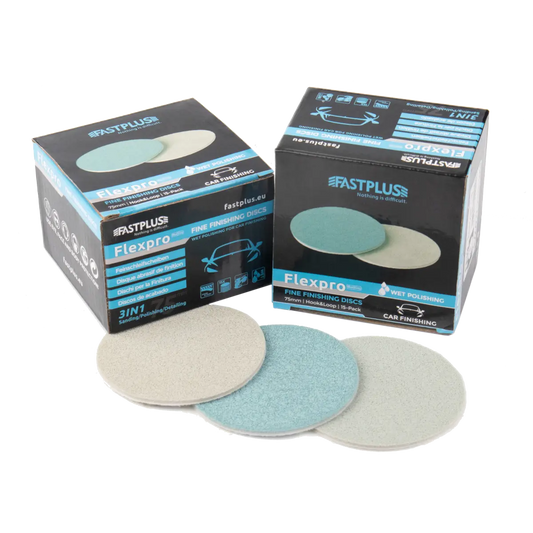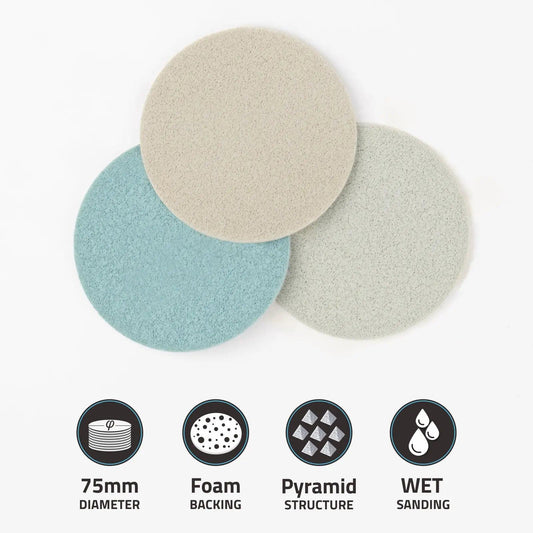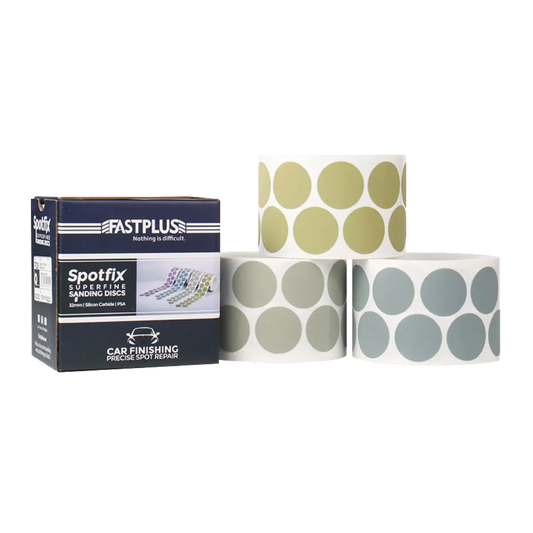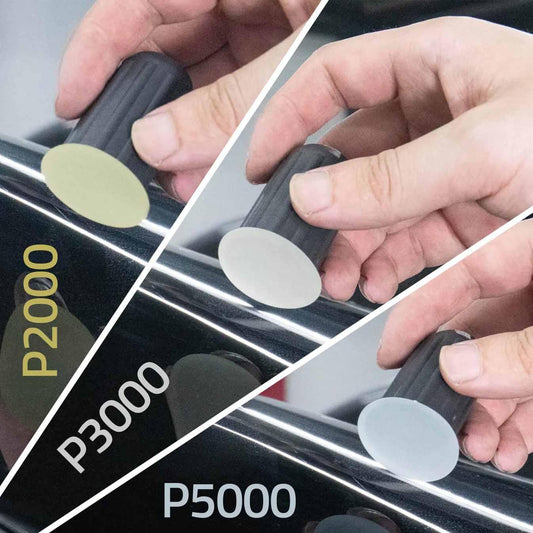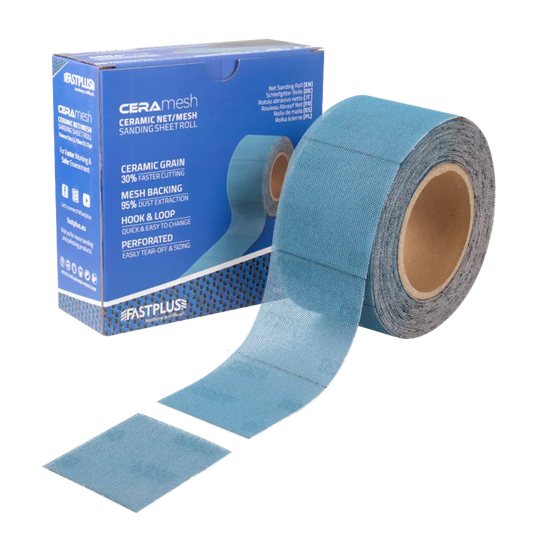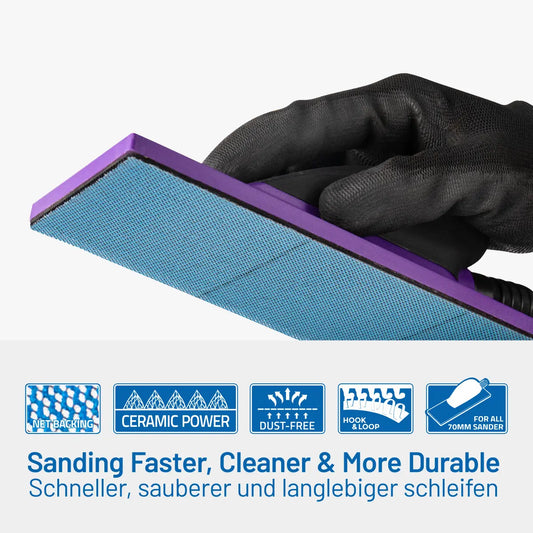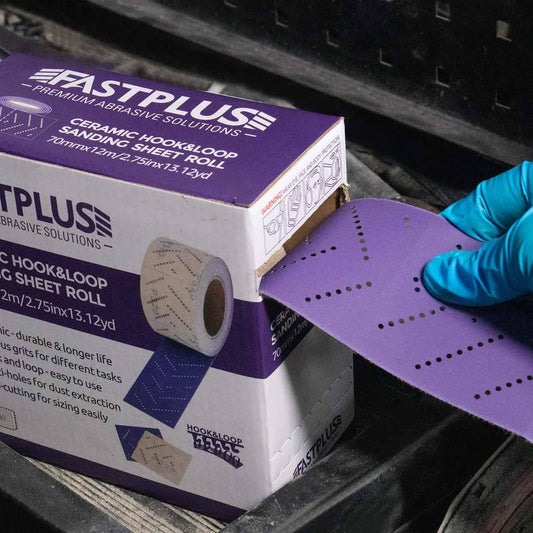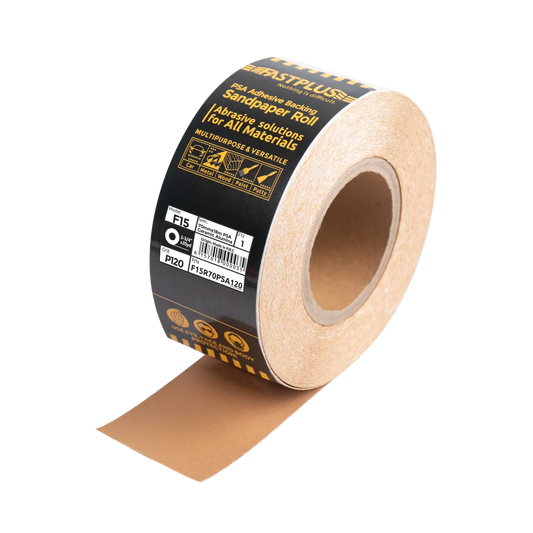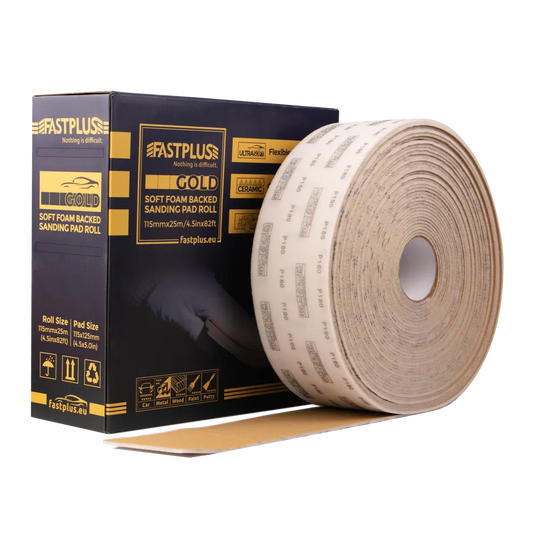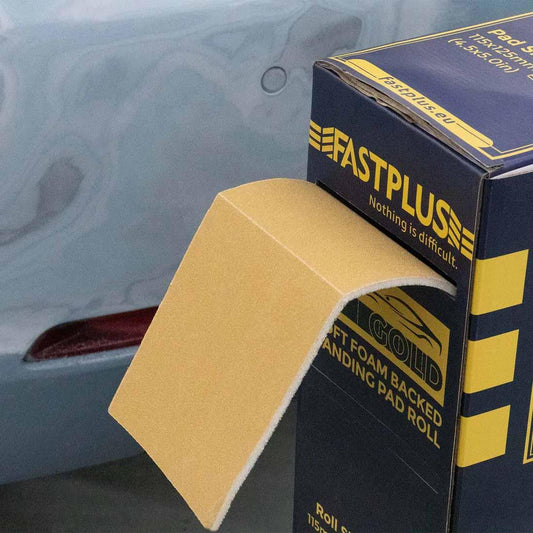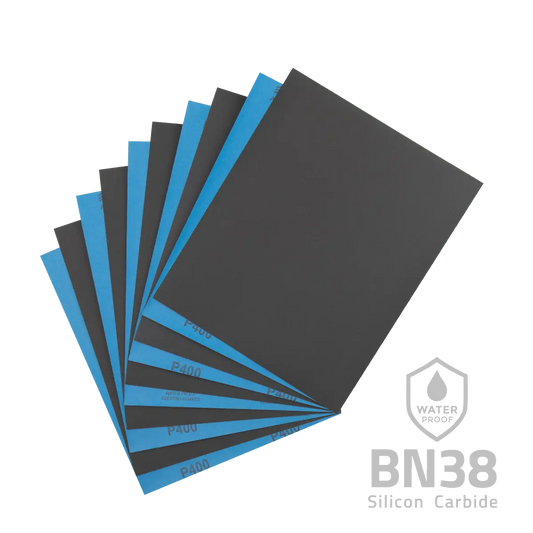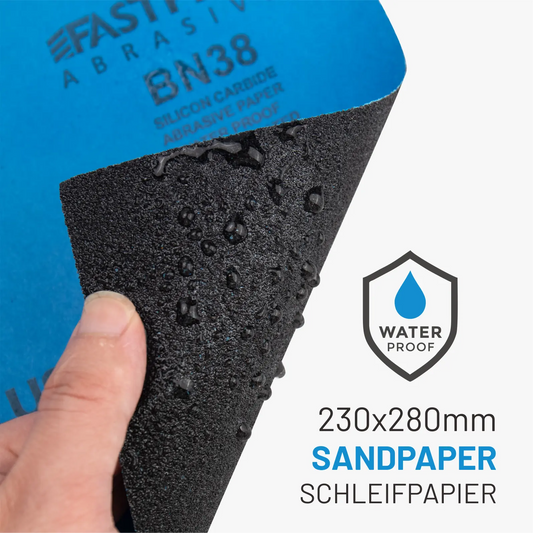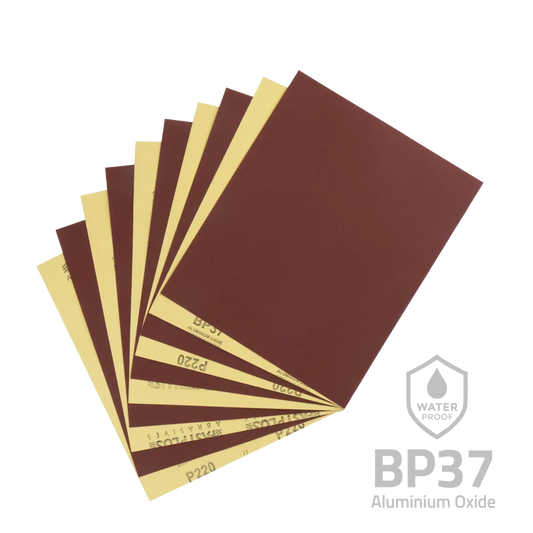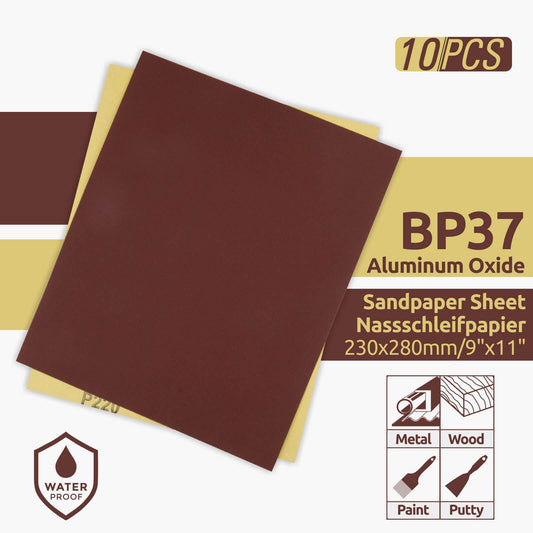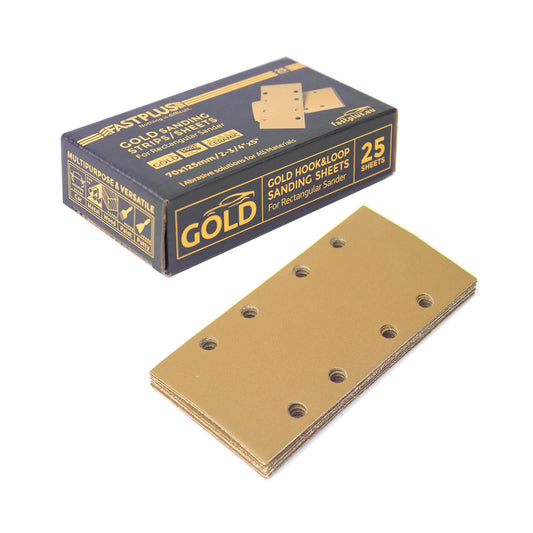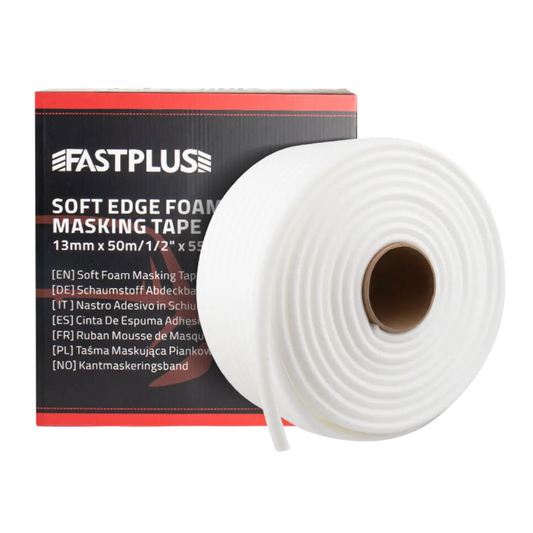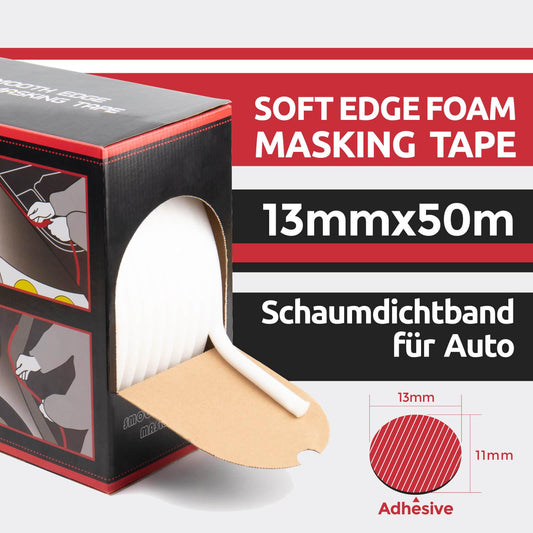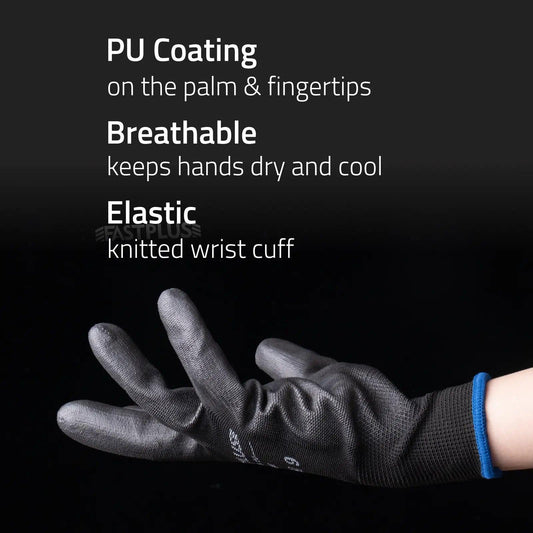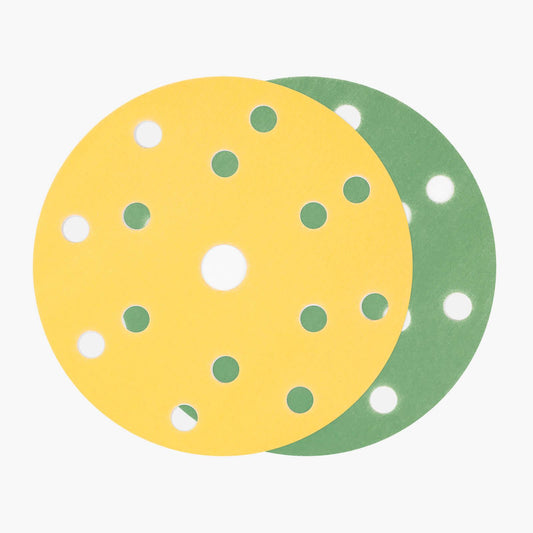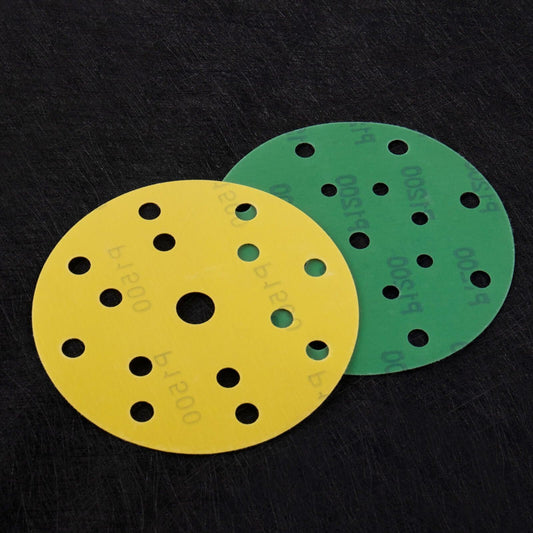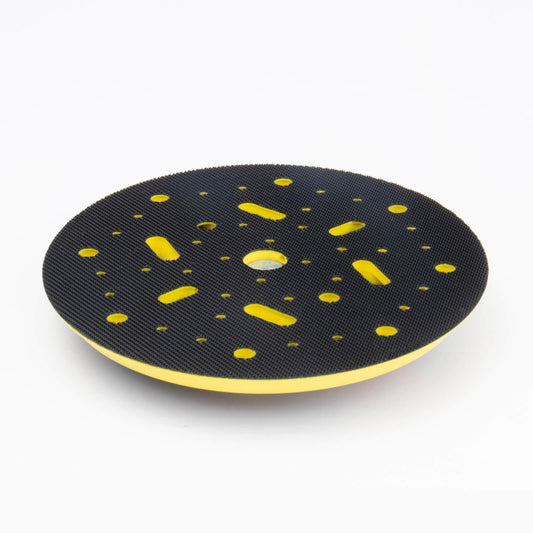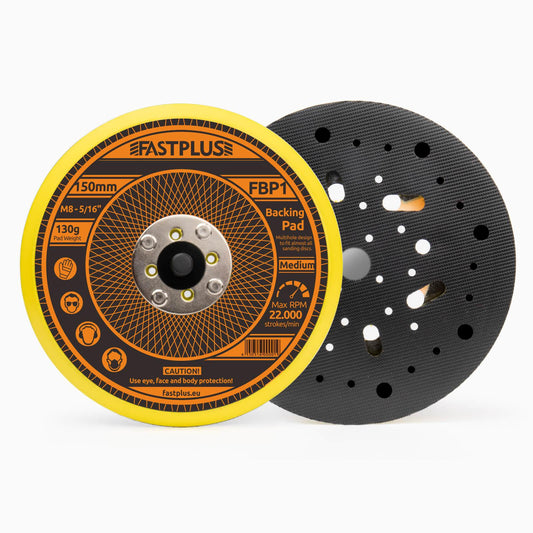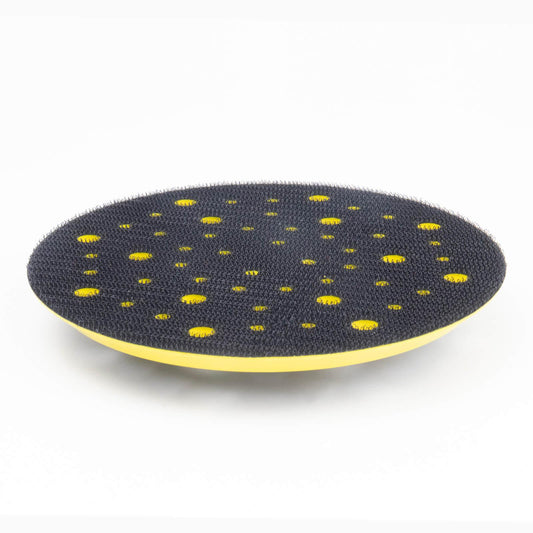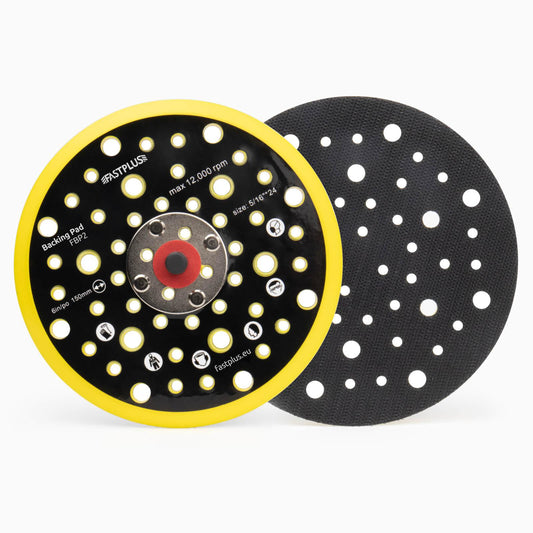
How to Properly Load Sandpaper into Your Sanding Block?
If you've ever struggled with uneven sanding or sore fingers after a project, chances are you weren’t using a sanding block the right way — or at all. A sanding block helps you apply even pressure, protects your hands, and makes sanding more efficient. But for it to work well, you need to load it properly.
In this blog post, we'll show you how to load sandpaper into a sanding block step-by-step, cover different types of sanding blocks, and offer practical tips — whether you’re using regular sandpaper sheets, strips from a sandpaper roll, or even sanding discs.
What Is a Sanding Block?

A sanding block is a handheld tool that grips your sandpaper securely, giving you better control while sanding. It distributes pressure more evenly than your fingers, prevents fatigue, and helps you achieve a smoother finish.
Depending on the design, sanding blocks can be:
- Manual (wrap the paper around it)
- Clamp-style (secure with clips or tabs)
- Hook-and-loop (Velcro) (quick loading with matching paper)
- Disc-compatible (works with round sanding discs)
Why It Matters: Benefits of Using a Sanding Block
Using a sanding block isn’t just about comfort — it helps you:
✅ Sand more evenly
✅ Cover surfaces faster
✅ Avoid finger dents or pressure marks
✅ Extend the life of your sandpaper
It also works great with all formats — whether you're using sandpaper sheets, rolls, or hook-and-loop sanding discs.
What You’ll Need
Before loading up your block, gather these:
- Your sanding block (manual, clamp-style, or Velcro-backed)
- A sheet of sandpaper, a piece from a sandpaper roll, or a sanding disc
- Scissors or a utility knife
- Optional: ruler for measuring
💡 Some blocks — especially Velcro types — are designed specifically for sanding discs, like the popular 5" Hand Sanding Disc Pad with Velcro. We’ll cover that too.
How to Load Sandpaper: Methods by Block Type🔹 Manual Sanding Block
The simplest kind. No clips, no Velcro — just wrap and go.
Steps:
- Cut your sandpaper (or tear a strip from a sandpaper roll) to match your block’s surface, with some overlap.
- Wrap it around the block tightly.
- Use hand pressure or place it on a flat surface to keep it stable.
Pro tip: Add a rubber band or light adhesive if the paper slips.

🔹 Clamp-Style Sanding Block
These have built-in clips at each end.
Steps:
- Cut your paper to size.
- Open one clamp, insert the edge, and secure it.
- Stretch the paper over the surface.
- Insert the other end and clamp it tight.
✅ Good for heavy-duty sanding
✅ Works with standard sandpaper sheets and roll strips
🔹 Hook-and-Loop (Velcro) Sanding Block
Ideal for fast sandpaper changes and a clean hold.
Steps:
- Use hook-and-loop backed sandpaper sheets or sanding discs.
- Align the paper with the block surface.
- Press it down to attach.
✅ Great for switching grits mid-job
✅ No measuring or cutting required
🔹 For Sanding Discs: Use a 5" Hand Sanding Disc Pad
If you’ve got spare orbital sanding discs lying around, put them to use with a Velcro-backed hand sanding pad.
🔧 The 5" Hand Sanding Disc Pad with Velcro is designed specifically for round sanding discs — giving you full control in tight spaces or curved areas.
 Steps:
Steps:
- Stick a 5" sanding disc (with Velcro backing) onto the hand pad.
- Press to secure and start sanding by hand.
- Peel off when done and replace with a fresh disc.
Perfect for car body work, woodworking edges, or hand refinishing jobs!
Pro Tips for Best Results
✅ Choose the right grit:
Coarse (40–80) for paint removal or heavy material, medium (100–150) for smoothing, and fine (180–320) for finishing.
✅ Cut smart:
If you’re using a sandpaper roll, cut strips ahead of time for quick reloads.
✅ Change paper often:
Don’t wait until it’s dull — fresh paper works faster and cleaner.
✅ Store flat and dry:
Protect sandpaper sheets, discs, and rolls from moisture to prevent curling or breakdown.
Common Mistakes to Avoid
❌ Using sandpaper that’s too small or wide
❌ Leaving paper loose — it causes uneven sanding
❌ Reusing paper that’s already worn or clogged
❌ Trying to stick regular paper to a Velcro block
❌ Forgetting safety — always wear a dust mask and goggles!
Bonus: What Kind of Sandpaper Can You Use?
There are plenty of types compatible with sanding blocks:
- Aluminum oxide – Versatile and long-lasting
- Garnet – Ideal for fine wood sanding
- Silicon carbide – For wet sanding or metals
- Ceramic – Aggressive, durable, for heavy-duty jobs
They come in sheets, rolls, and discs — giving you flexibility based on your block type and project.

Final Thoughts
Loading sandpaper into a sanding block correctly is a small step that makes a big difference. Whether you're using a clamp-style block, a hook-and-loop model, or a disc-compatible hand pad, the goal is the same: a smooth, controlled sanding experience.
By choosing the right sandpaper and loading it properly, you’ll not only improve your finish quality but also save time, effort, and frustration.
So next time you gear up for a sanding job, do it the right way — your hands (and your surface) will thank you!
🛠️ Have Questions?
Leave a comment below or check out our Sanding Products Collection for top-quality sanding discs, sandpaper rolls, and hand pads.
